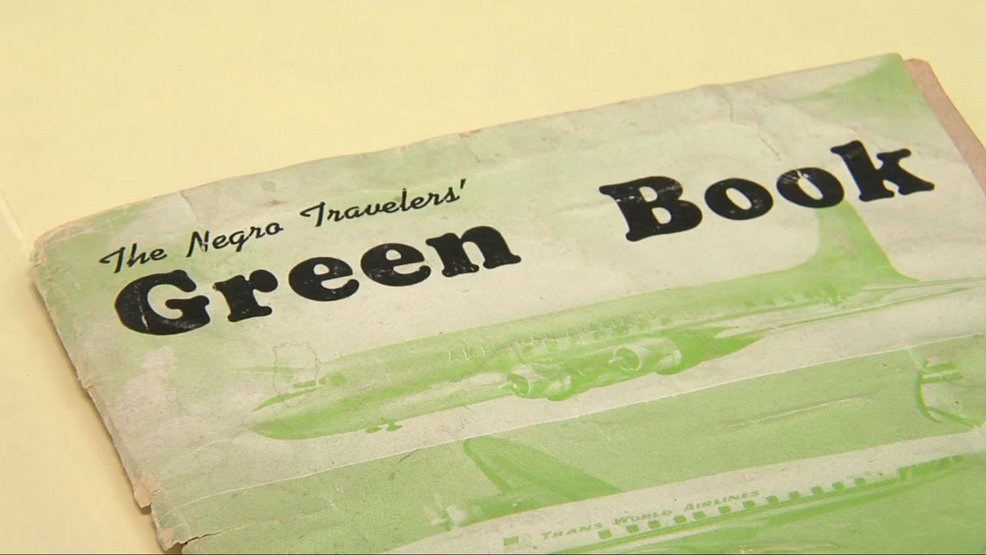
(Exxon, 7.May.2019) — From its first print run in 1936 to its final edition in 1966, “The Green Book” played a significant role in providing sanctuary for African-American travelers on the road from the 1930s to the 1960s. The guide, conceived by Harlem (New York City) mailman Victor Hugo Green, was used by more than 20,000 travelers.
Road trips were dangerous for African-Americans during segregation and the Jim Crow era, and this book became essential to motorists by listing service stations, hotels, restaurants and other establishments where they were welcome.
The Smithsonian Institution announced that it will be highlighting the importance of “The Green Book” and will raise awareness through a new traveling exhibit. Beginning in 2020, the exhibit, sponsored by ExxonMobil, will journey to 12 cities over three years across the U.S.
ExxonMobil’s predecessor, Standard Oil of New Jersey, distributed the book around the country through their Esso service stations as the only major retail distributor of the guide. In the 1940s, more than a third of Esso dealers were black, and the company also employed African-Americans as chemists, pipeline workers, mariners and office clerks.
Through the Smithsonian’s exhibit, visitors will have the opportunity to learn more about the dangers faced by African-Americans traveling during segregation. They’ll also learn how initiatives such as “The Green Book” supported African-Americans in their travels during that era.
__________